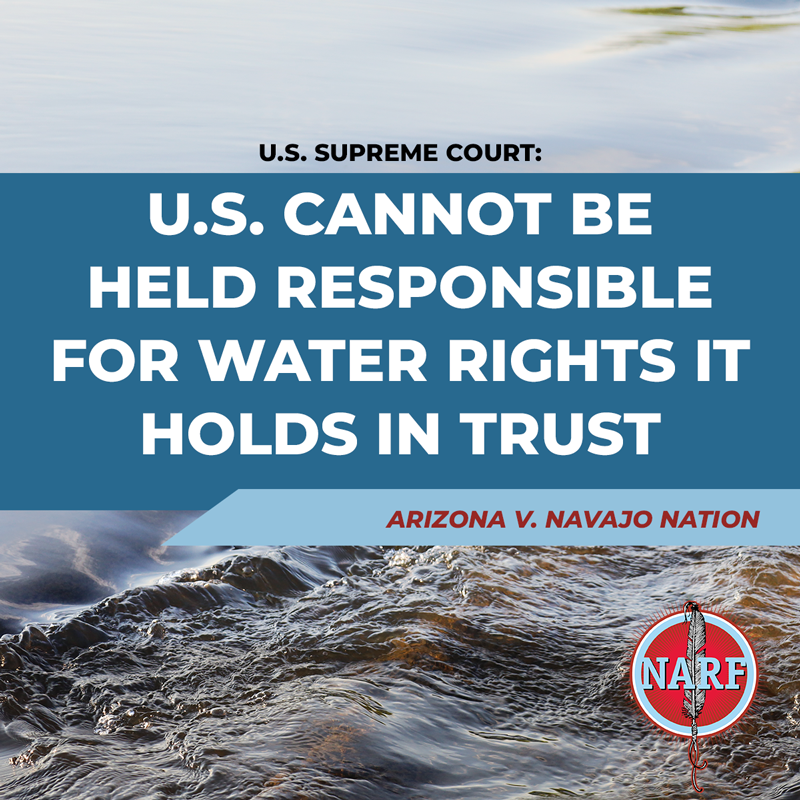
Water Wars: The Enduring Struggle for Native American Water Rights
In the parched landscapes of the American West, where water defines existence and fuels both life and industry, an unseen battle has raged for over a century. It is a quiet war, fought not with bullets but with lawsuits, negotiations, and political maneuvering, centered on the most fundamental of resources: water. At its heart lies the complex, often contentious, issue of Native American water rights – a legacy of broken promises, legal triumphs, and an enduring quest for justice and self-determination for sovereign nations.
For Indigenous peoples, water is not merely a commodity; it is the lifeblood of their culture, spirituality, and survival. Rivers are sacred ancestors, lakes are places of healing, and springs connect them to the very essence of their land. Yet, despite holding some of the most senior and legally robust water rights in the West, many Native American tribes still lack adequate access to clean, reliable water, a stark and painful irony in a region defined by its scarcity.
The Bedrock of Rights: The Winters Doctrine

The legal foundation for Native American water rights was laid in 1908 with the landmark Supreme Court case Winters v. United States. This pivotal ruling established the "Winters Doctrine," affirming that when the U.S. government created Indian reservations, it implicitly reserved enough water to fulfill the purpose for which the reservations were established – primarily, to enable tribal peoples to develop a self-sufficient, agrarian way of life. These "implied reserved rights" are distinct from state-based water rights, which are typically governed by the "prior appropriation" doctrine (first in time, first in right). Crucially, Winters rights are often "senior" to many non-Indian water claims, meaning they predate most other water uses in a given basin.
"The Winters Doctrine is both a sword and a shield for tribes," explains Dr. Daniel McCool, a political science professor and author specializing in water politics. "It’s a sword because it gives them a powerful legal claim to water. It’s a shield because it protects them from later appropriations by non-Indians."
However, the Winters Doctrine did not automatically translate into wet water for tribes. The ruling merely affirmed the existence of these rights; it did not quantify them or provide mechanisms for their enforcement. For decades, the U.S. government, acting as the trustee for tribal assets, often failed to assert or protect these rights effectively, leading to widespread diversion of water resources to non-Indian settlers, farmers, and burgeoning Western cities.
A Litany of Challenges: From Quantity to Quality
The gap between legal entitlement and practical access for Native American communities is vast, driven by a confluence of historical neglect, systemic inequities, and the harsh realities of the arid West.
1. Unquantified and Unexercised Rights: Many tribal water rights remain unquantified, meaning the exact volume of water they are entitled to has not been legally determined. This forces tribes into costly and time-consuming litigation or complex negotiations with state and federal governments and non-Indian water users. Without a quantified right, tribes cannot fully plan for their economic development, agricultural projects, or even basic domestic needs.
2. Lack of Infrastructure: Even where rights are quantified, many reservations lack the necessary infrastructure – pipes, pumps, treatment plants, and distribution networks – to deliver water to homes and farms. This is a staggering problem, particularly in the Navajo Nation, the largest reservation in the U.S., where an estimated 30-40% of homes lack access to running water. Families often haul water from communal spigots or contaminated sources, a daily struggle that defines existence for thousands. "Imagine having a legal right to a resource but no way to get it to your home," says Crystal Tulley-Cordova, Principal Hydrologist for the Navajo Nation Department of Water Resources. "That’s the reality for too many of our people."
3. Water Quality and Contamination: Beyond quantity, water quality is a critical issue. Many tribal lands are downstream from industrial, agricultural, or mining operations, leading to severe contamination. Uranium mining on the Navajo Nation, for instance, has left a devastating legacy of contaminated water sources, impacting health and making even existing water unusable. Agricultural runoff, industrial waste, and aging infrastructure contribute to widespread water quality problems on reservations across the country, exacerbating health disparities and limiting economic opportunities.

4. Over-allocation and Competing Demands: The American West’s water resources are famously over-allocated, with more legal claims to water than there is actual water available. This creates intense competition, especially during droughts, pitting tribal senior rights against the needs of established agricultural operations, growing urban centers, and environmental demands for endangered species. Tribes often face immense political pressure to compromise their senior rights for the benefit of non-Indian economies.
5. Climate Change as an Amplifier: The accelerating impacts of climate change – prolonged droughts, reduced snowpack, and increased evaporation – are exacerbating all these challenges. Rivers are shrinking, aquifers are depleting, and the very future of water availability in the West is uncertain. For tribes whose cultures and livelihoods are intimately tied to specific ecosystems, the drying up of traditional water sources represents not just an economic threat, but a profound cultural loss.
Case Studies in Contention and Resilience:
The struggle for Native American water rights is best understood through the specific stories of tribes grappling with these issues.
The Navajo Nation and the Colorado River: The Navajo Nation holds significant, unquantified senior water rights to the Colorado River, a lifeline for seven U.S. states and Mexico. Despite these rights, a substantial portion of the Navajo population lives without piped water. The nation has been engaged in protracted negotiations for decades to quantify and settle these claims, recognizing that a settlement is crucial for economic development and public health. However, securing a settlement that is adequately funded by the federal government and acceptable to all parties remains a monumental task. The specter of a shrinking Colorado River due to persistent drought further complicates these discussions, as every drop becomes more valuable and contested.
The Klamath Basin: A Web of Competing Interests: The Klamath Basin, spanning southern Oregon and northern California, is a microcosm of the West’s water conflicts. Here, the Klamath Tribes hold ancient treaty rights to fish for salmon, which depend on healthy river flows. These rights clash with the demands of thousands of non-Indian irrigators who rely on the same water for agriculture. Environmental regulations protecting endangered fish species further complicate the picture. Years of litigation, protests, and failed agreements underscore the difficulty of balancing senior tribal rights, agricultural needs, and ecological preservation in a water-stressed environment. The basin’s story is a painful reminder that even legally recognized rights can be extraordinarily difficult to implement when faced with entrenched economic interests and ecological crises.
The Ak-Chin Indian Community: A Story of Success, Hard-Won: Not all stories are of unremitting struggle. The Ak-Chin Indian Community in Arizona, surrounded by one of the driest regions in the country, achieved a significant victory in 1984 with a landmark water rights settlement. After decades of legal battles, the community secured a reliable water supply delivered through an intricate system of canals and pipelines. This water has enabled the Ak-Chin to develop a thriving agricultural enterprise, create jobs, and build a strong, self-sufficient economy. Their success, however, highlights the immense resources, political will, and time required to achieve such outcomes, making it an exception rather than the rule for many tribes.
The Path Forward: Negotiations, Settlements, and Self-Determination
While litigation remains an option, the trend has increasingly shifted towards negotiated settlements and water compacts. These agreements, often brokered with federal and state involvement, aim to quantify tribal water rights, provide funding for infrastructure, and establish mechanisms for future water management. They are complex, requiring immense compromise from all parties, but offer a more collaborative and potentially faster path than endless court battles.
However, even settlements come with their own set of challenges:
- Funding: Settlements often require substantial federal funding for infrastructure, which can be difficult to secure in a competitive political environment.
- Implementation: The actual delivery of water and construction of infrastructure can take decades, leaving tribes still waiting for the full benefits of their hard-won agreements.
- Tribal Sovereignty: Tribes often assert their inherent sovereign right to manage their own water resources, leading to discussions about co-management agreements with states and federal agencies.
Despite the hurdles, the push for water justice continues. Tribes are increasingly asserting their sovereignty, developing their own water management plans, and engaging in innovative conservation efforts. They are also forging alliances with environmental groups and non-Indian communities who recognize the shared need for sustainable water management in the face of climate change.
"Water is life," is a phrase commonly heard in Indigenous communities, echoing a profound truth that transcends legal statutes and economic valuations. For Native American tribes, the fight for water rights is not just about securing a resource; it is about reclaiming their heritage, ensuring the health and prosperity of their future generations, and exercising their inherent sovereignty. As the West grows drier and the demands on its precious water resources intensify, the enduring struggle for Native American water rights serves as a powerful reminder that true justice and sustainability in the region will remain elusive until these foundational claims are fully honored and respected.


